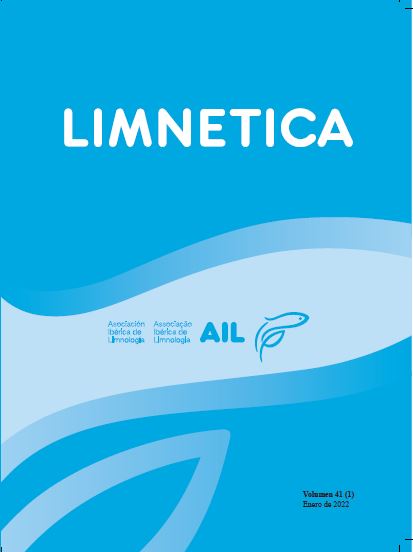Spatio-temporal variability of carbon dioxide and methane emissions from a Mediterranean reservoir
Abstract
Freshwater reservoirs constitute a significant source of carbon dioxide (CO2) and methane (CH4) to the atmosphere, and a precise quantification of the magnitude of these greenhouse gas emission on an annual scale is required. This quantification must consider both temporal and spatial variability of reservoir carbon gas fluxes. In addition, it is relevant to reinforce research focusing on the emission of CO2 and CH4 in Mediterranean reservoirs. Here, we simultaneously measured CO2 fluxes and CH4 ebullitive and diffusive emissions in the riverine and lacustrine zones of a Mediterranean reservoir (El Gergal, Spain) throughout a complete year to quantify their magnitude, explore their spatial and temporal variability, and investigate the potential limnological and hydrological factors influencing gases emissions. Our results show that during the study year El Gergal riverine zone was a CO2 sink, while the lacustrine zone was a CO2 source. In addition, both areas were CH4 sources to the atmosphere. CO2 and CH4 fluxes in El Gergal showed a marked temporal variability, with significant differences between mixing and thermally stratified periods. CO2 emissions were significantly influenced by surface chlorophyll-a concentration and pH, suggesting the prevalent role of primary production as CO2 flux driver. CH4 emissions were influenced by hypolimnetic methane concentration and hydrological factors potentially affected by climate change, such as water renewal rate and water column depth.
Downloads
Published
Issue
Section
License
Authors publishing in the journal agree to the following terms
Limnetica is licensed under a Creative Commons Attribution-NonCommercial 4.0 International License.


